Creating an LGBTQ-Inclusive Classroom
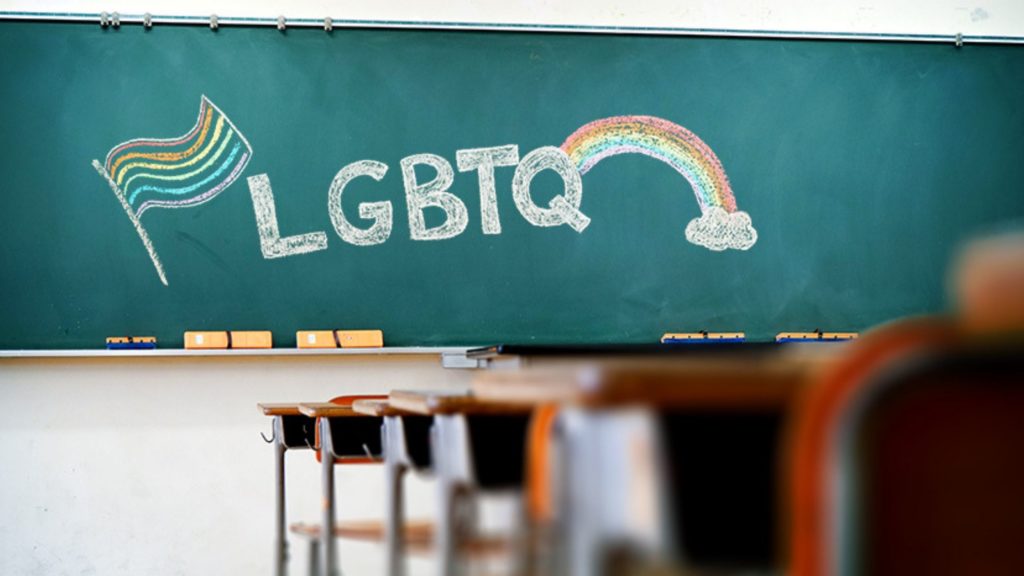
The way young individuals see themselves, one another and the world around them begins with what they see and learn in the classroom.
For students to feel prepared for navigating the modern world, it’s vital, more so than ever, that the curriculum they are taught reflects the full diversity of the world we all live in.

It is only through our support and teaching them the importance of diversity that students can learn to support and celebrate the thoughts and views of not only those who are different to them but to also accept and love the things that make them individual and different too.
While Britain has come a long way in supporting the LGBTQ community and its place of equality in day-to-day living, something that remains a commonplace in many of our schools is anti-LGBTQ bullying and language. An important step we can take as today’s educators is to provide a curriculum that includes the themes, values and experiences of those who are lesbian, gay, bi, trans or questioning (LGBTQ+).
It’s no surprise that in schools where LGBTQ pupils feel their views and experiences are supported and reflected in their learning, feel included within the school community and are less likely to experience prejudice towards who they are as individuals.
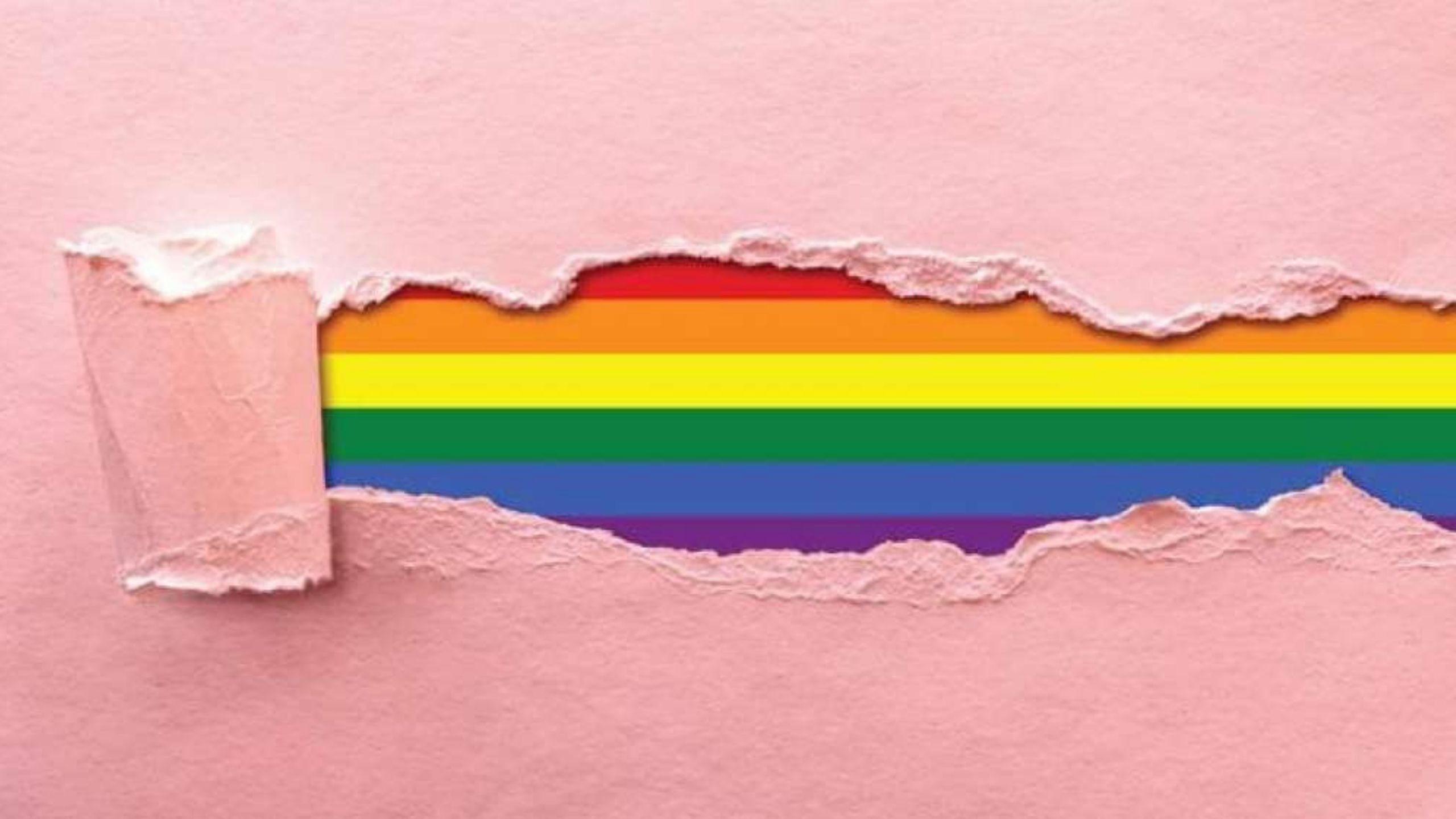
Not only does an inclusive curriculum benefit the LGBTQ students within a school, but it sends a powerful and supportive message to any staff who are LGBTQ or who have friends and family that are struggling with being LGBTQ.
At Opogo, we firmly believe that anyone in education – educator, pupil or parent, shouldn’t just simply be in it but should be able to t-h-r-i-v-e in it.
This is why we’ve put together an inclusive guide to how you can naturally and easily incorporate LGBTQ issues within your curriculum and cultivate a nurturing environment of respectful behaviour, critical thinking and social justice.
Our 10-point guide to an LGBTQ-inclusive curriculum:
1. Remember why it’s important
Whilst we have made great strides in creating a nation of LGBTQ equality but indifference and prejudice do still occur. It’s about remembering that LGBTQ individuals are part of every area of society and it is only by talking about LGBTQ issues that we can begin to break down the isolation they often feel.
Preparing students to respect and support the diversity of modern Britain can help reduce the homophobic, bi-phobic and trans-phobic bullying that occurs from those who remain uneducated.
2. Ground your class with basics
As a nation, we all tend to over complicate things. We embellish, we exaggerate and we deliver for impact. Developing an inclusive curriculum is about keeping things simple. It is about making LGBTQ students feel included and empowered in what you are teaching – whether this is through focused historical examples or short stories of success.
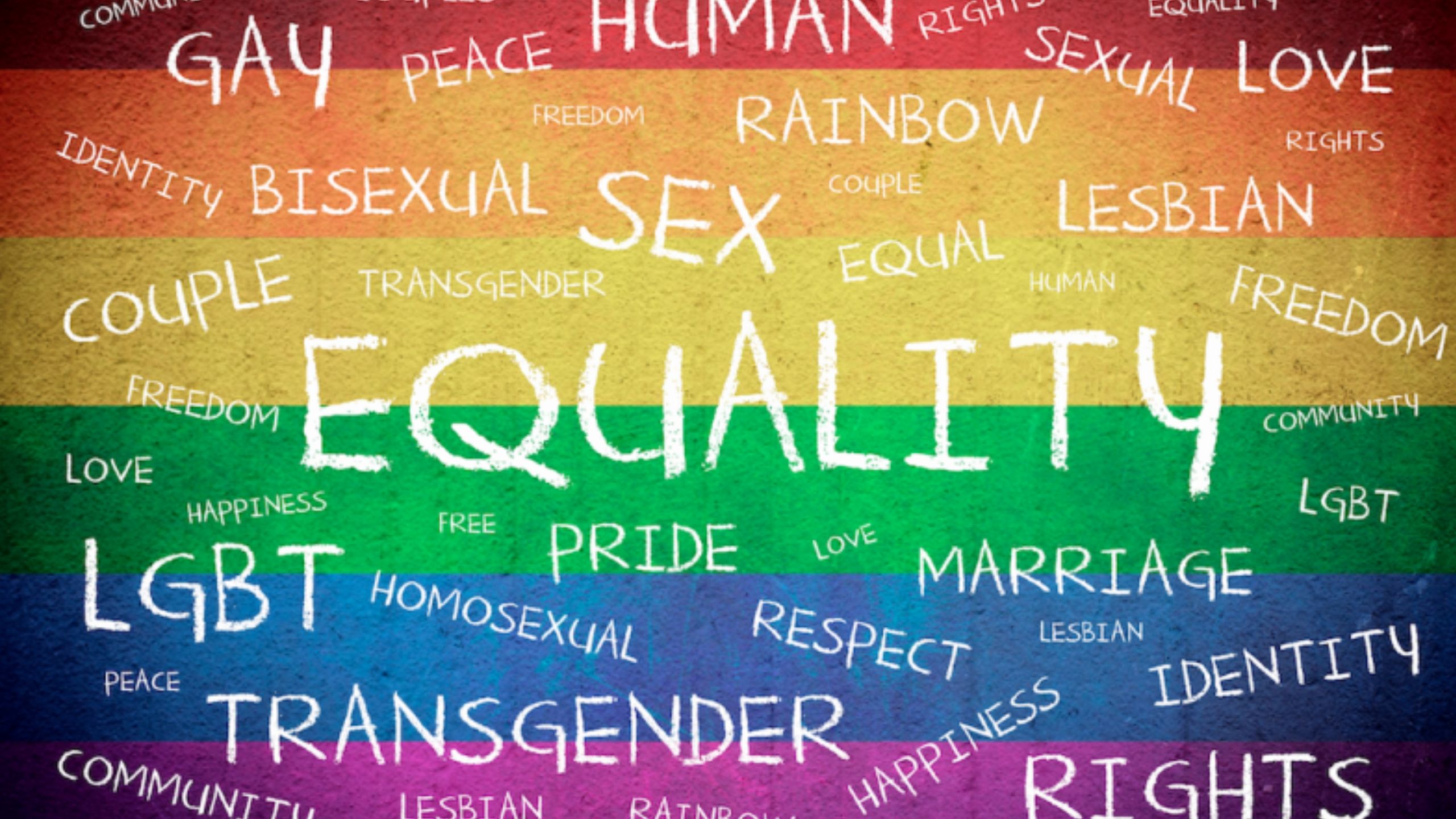
3. Jump on any opportunities
Crafting an inclusive curriculum isn’t about creating lots of new and exciting content to teach. Utilise what is already out there and spot your opportunities to bring in examples from subject matter you are already teaching. Bringing in historical examples is often a great starting place.
4. Relevancy is key
Being inclusive isn’t about giving your learners an in-depth historical timeline of LGBTQ development, no is it going into details about what it exactly is. Give your class a sweeping overview of what is important – it’s important to keep all material relevant not only to those who are LGBTQ but also to pupils who are heterosexual too.

5. Get your students involved
Inclusivity is about the sharing of opinion and getting everyone involved. Encourage your students to voice their own ideas and opinions on how they’d like to learn and integrate LGBTQ issues into their school work and projects.
6. Share Ideas between colleagues
Inclusivity doesn’t stop beyond your four classroom walls – it should be encouraged and spread across the school-wide community too. Get talking and sharing with other educators about how they tackle and talk about LGBTQ issues.
Pooling resources and ideas not only saves time but helps to establish a consistent and reliable standard of care across all of the school.
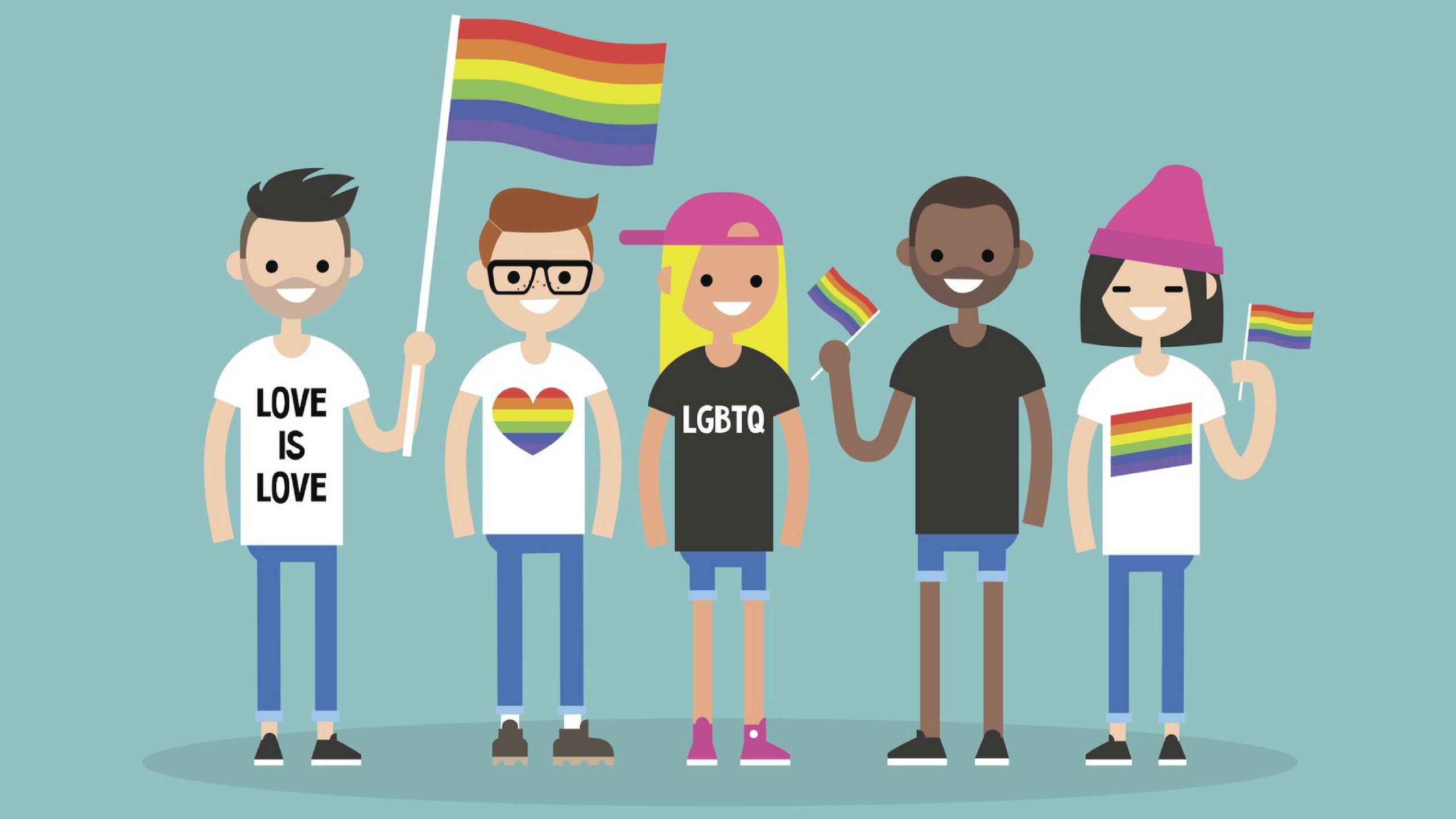
7. Share your successes and knowledge
It’s important that all those involved in the education curriculum is kept in the know and educated. Celebrate your steps and strategies of incorporating LGBTQ issues into the curriculum with other school leaders, partner schools, governors and parents and carers.
8. Know when to challenge
Crafting inclusive learning should be a positive experience and quite rightly, everyone is entitled to their own opinions. However, if you hear, see or spot any derogatory comments or homophobic behaviours from others, step in and challenge their actions.
It is only by challenging negativity and encouraging an open and respectful mindset – whether or not they agree or disagree – that we can hope to squash unnecessary prejudice.

9. Share and celebrate difference
With LGBTQ issues and communities a wide part of society, it still remains to be somewhat hidden and cornered. Help tackle this by celebrating the joy of difference through creative classroom displays and share the importance of respecting the differences we encounter in life through assemblies and whole-school activities.
10. Support one another
LGBTQ equality has been a long-standing mission for the entire world, let alone your school. Some will be accepting whilst others will struggle more on how to be inclusive. Help your students and staff by giving them the appropriate materials, courses and information on supporting LGBTQ issues.
A good starting point is to provide all staff with an inclusive-friendly vocabulary and glossary of terms that help LGBTQ students to feel included. Only when we address the language we use can our actions be an authentic game-changer for promoting inclusivity.






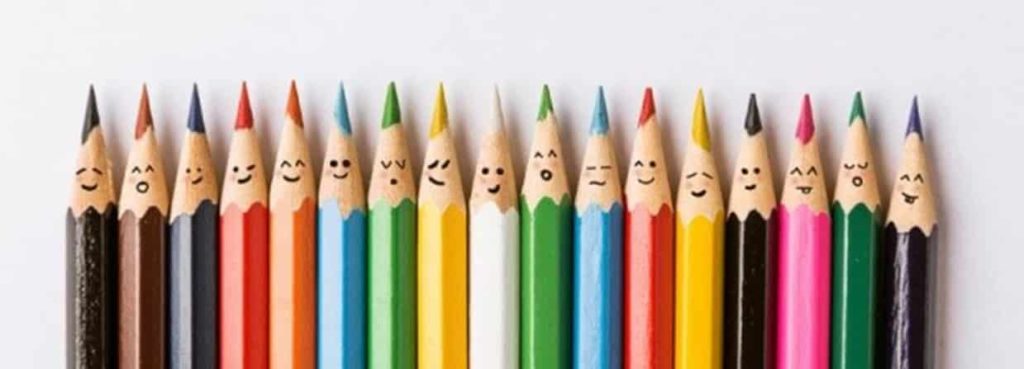

Responses